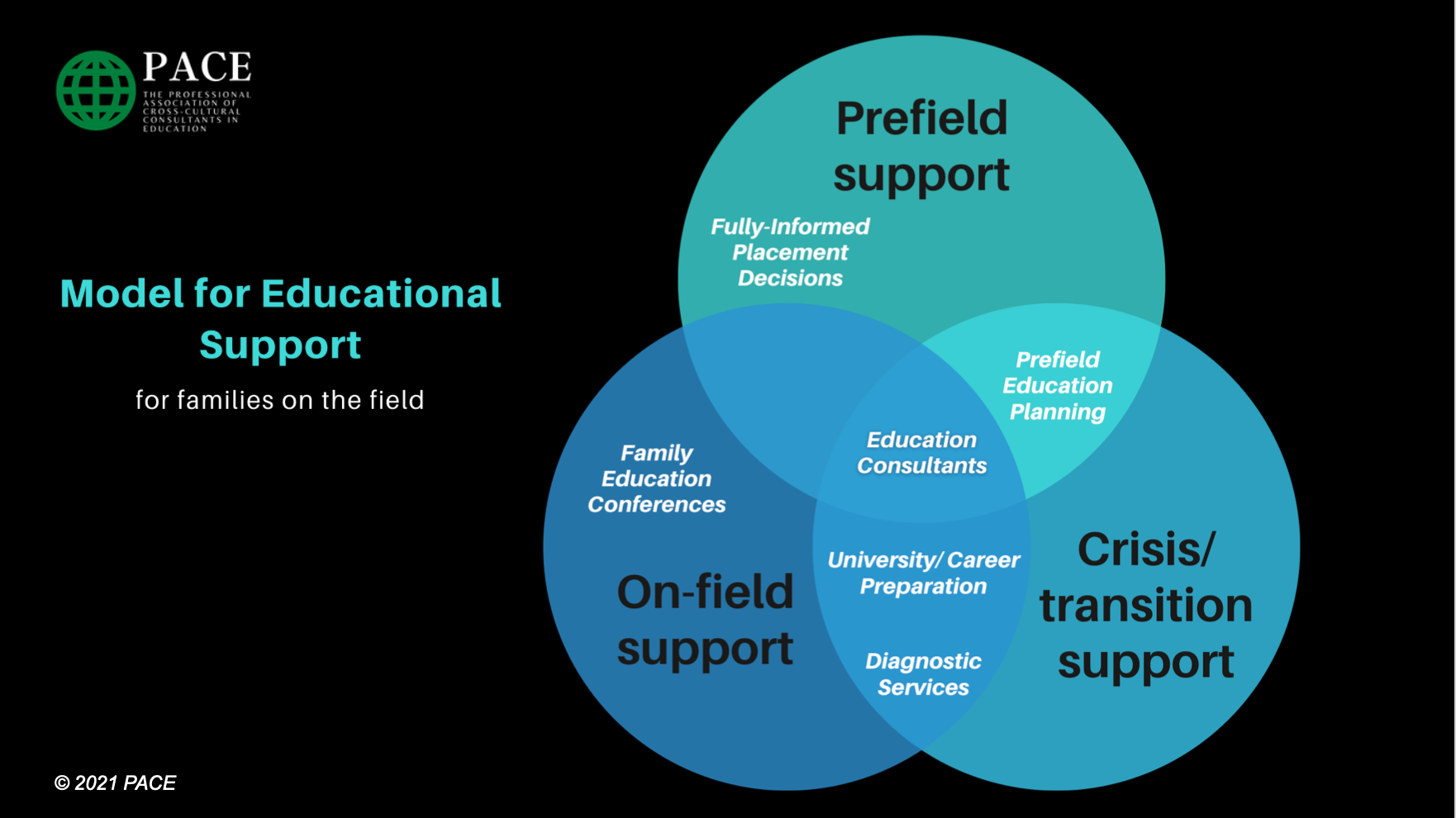In March, many education consultants gathered in person at the MK Education Summit near Atlanta…
21 Teaching Tips for Homeschooling Parents of Kids with Learning Disabilities
[author] [author_info]This is the second of three posts by our guest blogger Terri Harmon. You can read last week’s post here. Terri works for New Tribes Mission at the Training Center in Roach, Missouri as part of the Families in Ministry Department. Like many of you, she helps with education-related questions from families overseas and in the training program who are headed overseas.[/author_info] [/author]
1) Have a specific area in the house to “do school” that has few distractions.
2) Give clear expectations for each day. Make a list so that the child can visually see what needs to be done and the progress he’s making throughout the day.
3) Have realistic short term goals so that he can feel success often.
4) Be patient and don’t yell when you get frustrated that it is taking longer than you’d like it to for your child to understand a concept.
5) Be creative with assessments. Do projects, ask questions orally for comprehension instead of always having everything written down.
6) Sometimes, kids with learning disabilities don’t understand the concept of time, so use a timer or other means to show that time is passing and he needs to keep working.
7) As you are teaching, if your child really gets excited about a certain subject or topic then highlight that and let him explore it further.
8) Don’t rush your child, but rather teach for understanding.
9) Some kids with LD have a low threshold for confusion and may process information slower than you do, so be careful to speak slowly and don’t stress over doing speed drills and fast flashcards.
10) When you give directions, have him repeat what is expected back to you so that you know he understands what he’s supposed to do.
11) Some LD kids are easily distracted, so you will want to remind him to keep working and stay focused until his assignment is done.
12) Take breaks throughout the school day and between subjects.
13) Kids with LD may like to complete things before moving on to another subject, so give enough time do this or make stopping points in long assignments.
14) Use visuals and hands on activities because this is usually easier for LD kids to understand rather than just reading a text.
15) Your child will probably ask you lots of questions because he is trying to comprehend the world around him. Even though this will be tiresome to you, take time to answer his questions because what may seem obvious to you probably is a mystery to him.
16) Give no more than three instructions at a time (he may only hear the first or last thing said to him).
17) Make eye contact when you are teaching so that you know he is engaging with you (or not).
18) Expect to have good and bad days. He may really “get” a concept one day and not remember it at all the next; this can be frustrating to you as his teacher, but know that it is typical.
19) Some kids with LD are very literal and will need clear explanations of things that are “understood” or have hidden meanings.
20) You will need to do a lot of direct teaching and won’t be able to use a curriculum that is mostly “independent study”.
21) Use rewards and incentives that the child requests (if the child decides on the reward, then he will be more motivated to do the task/assignment).
Have any tips to add to this list? If so, leave a comment below!
Next week: Terri’s recommendations for curriculum options and resources.
© 2012-2023 PACE
All rights reserved


